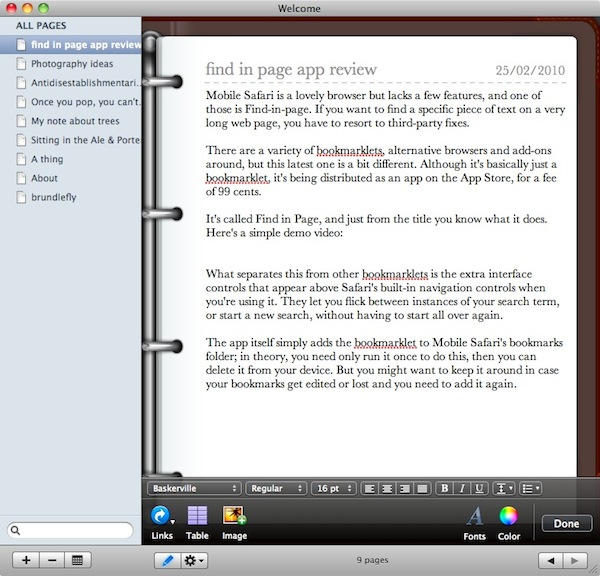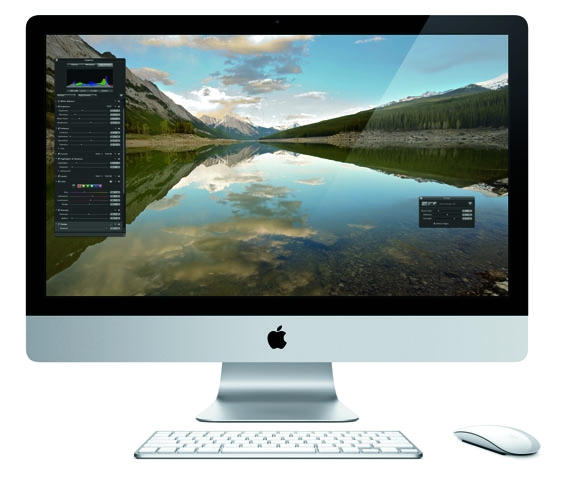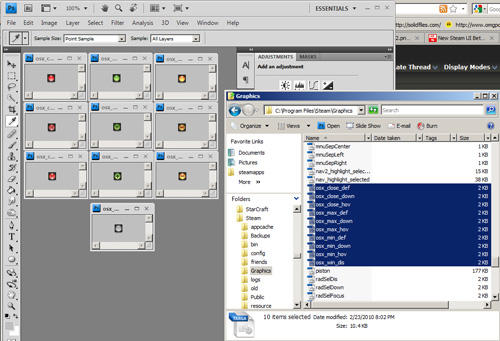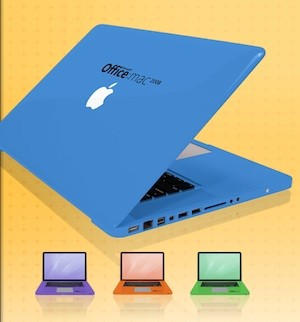httpvhd://www.youtube.com/watch?v=NH0aEp1oDOI&feature=player_embedded
On Monday, April 12th, Adobe’s going to unveil their Creative Suite 5. We don’t know much what’s going to be different, except that Flash CS5 is finally supposed to allow developers to export Flash-based applications as App Store .ipa files.
That said, the video above gives a tantalizing look at one of the new features in Photoshop CS5: content-aware tools, which allow the program to make educated guesses on what you want to fill or replace a section of image with.
You need to watch the entire clip to see how impressive this is, but by the end of the video, CS5’s content aware tools have gone from simply plucking stray shadows and lens flare’s out of shots to seamlessly autofilling 30% of a missing panorama in just a few seconds.
Sure, these examples are obviously cherry-picked by Adobe to apply to the strength of Photoshop CS5, but if their content-aware tools are even half this good at release, CS5 seems like a must-have update.
[via 9to5Mac]


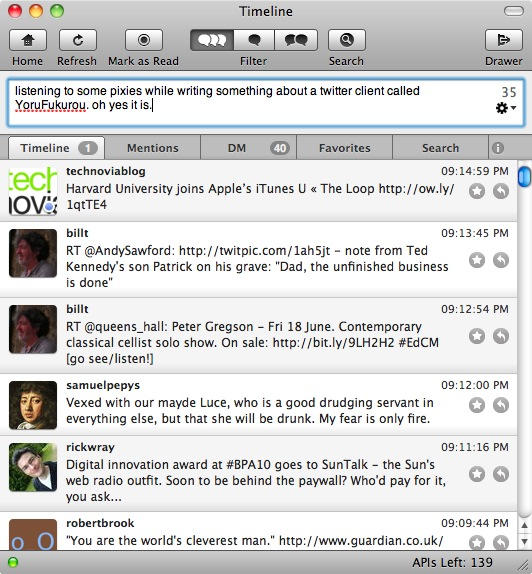
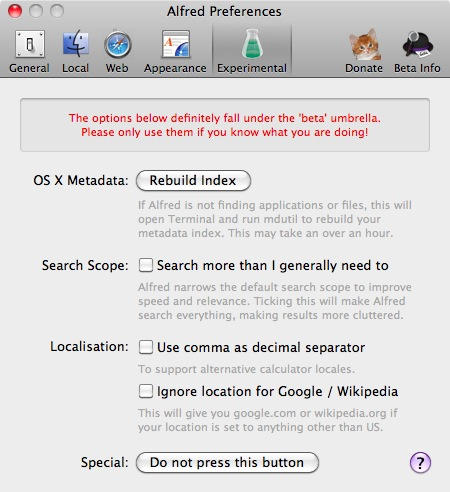



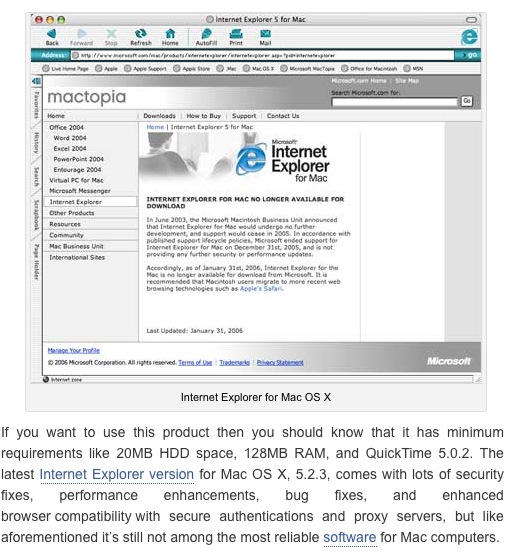
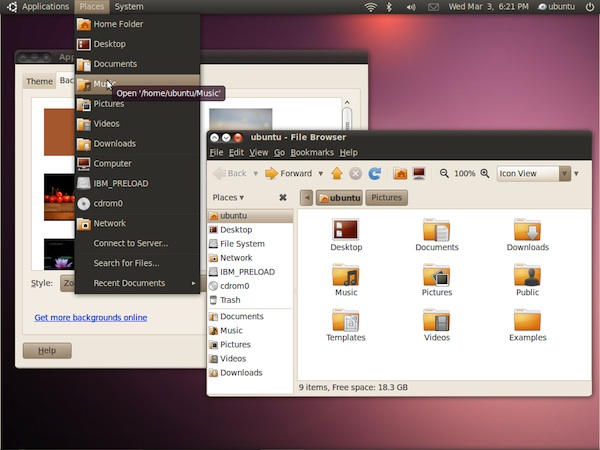
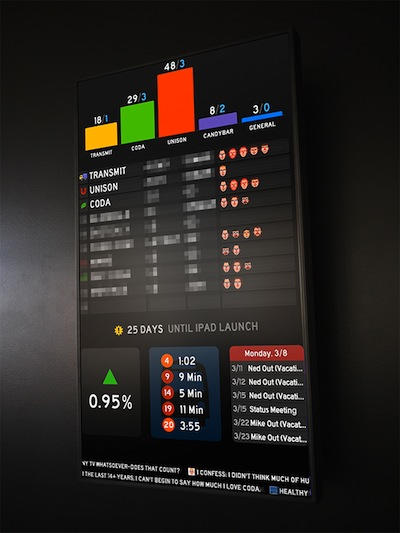


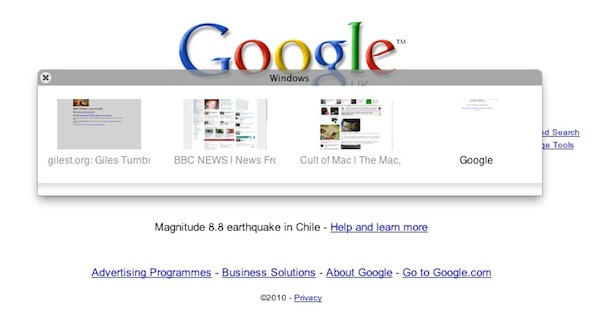




![Nik Software’s Sharpener 3 Pro Is Essential For Photographers [Review] post-26585-image-7ebd80884007e1af453a00e77dd9341a-jpg](https://www.cultofmac.com/wp-content/uploads/2010/03/post-26585-image-7ebd80884007e1af453a00e77dd9341a.jpg)




